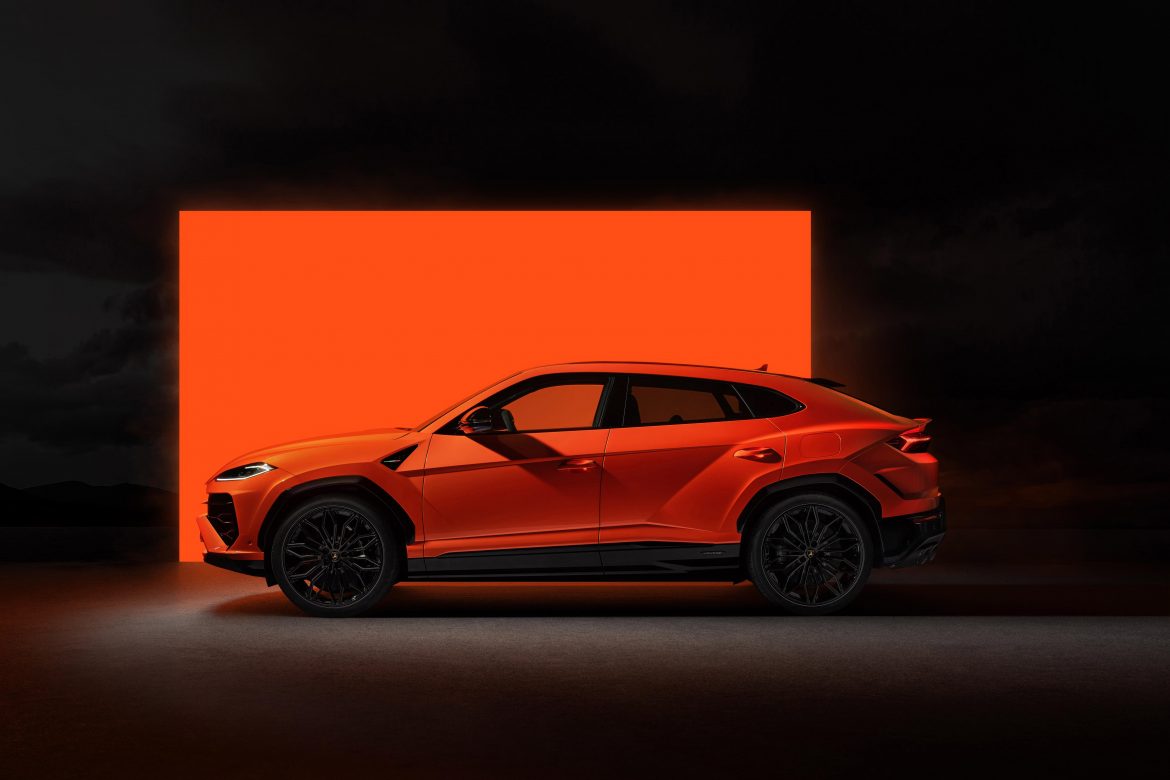Italian luxury sports car maker Lamborghini reported a 14.1% rise in revenues to €1.62 billion ($1.76 billion) for the first half of the year. However, the company saw flat profit levels and a decrease in profit margins as it moves towards a fully hybrid lineup by the end of 2024. The automaker delivered 5,558 cars in the first six months, a 4% increase compared to the previous year, positioning itself to surpass last year’s record of over 10,000 annual sales for the first time.
Urus SUV Drives Sales Surge
Lamborghini’s growth is largely attributed to the popularity of its Urus SUV, which starts at over €230,000. The Urus has been instrumental in expanding Lamborghini’s production capacity to meet the rising demand from affluent customers. This expansion has helped Lamborghini close in on its rival Ferrari, which sold 13,663 cars last year. “If we can maintain this trend, we are likely to exceed last year’s record,” said Lamborghini Chairman and CEO Stephan Winkelmann.
Strong Regional Performance
The Europe, Middle East, and Africa (EMEA) region led Lamborghini’s sales with nearly 2,500 deliveries in the first half of the year. The Chinese market contributed 337 units, while the United States remained Lamborghini’s largest national market with over 1,600 units delivered. Winkelmann noted that orders for the Revuelto, Lamborghini’s first plug-in hybrid launched last year, are strong, covering over two years of production.
Transition to Hybrid
Lamborghini’s ambitious plan to hybridise its entire lineup by the end of 2024 is progressing well. In April, the company unveiled the hybrid version of the Urus, which is expected to hit the roads later this year. This new model has already received a substantial positive response from customers, with orders covering around one year’s production. To complete the hybrid transition, Lamborghini will unveil a new eight-cylinder hybrid model next month to replace the Huracan.
Financial Metrics and Investments
Despite the increase in revenues, Lamborghini’s operating profit remained relatively unchanged at €458 million in the first half of the year. The operating profit margin fell to 28.2% from 32.1% a year earlier. “Even in a year marked by the transition to hybrid, we can confirm growth of the key financial and business metrics,” said Managing Director and CFO Paolo Poma. Winkelmann attributed the margin decline to substantial investments in the hybridisation process and a negative foreign exchange effect.
Future Electric Ventures
Lamborghini is also planning its first fully electric vehicle (EV), a 2+2-seater grand tourer (GT), slated for release in 2028. This model will debut three years after Ferrari’s first EV. Additionally, Lamborghini plans to launch a battery version of the Urus in 2029. Winkelmann highlighted that the hybridisation process involves substantial investments, impacting the financial results due to cost balancing throughout the year.
Market Position and Outlook
As Lamborghini continues its transformation towards a more sustainable future, the brand remains committed to delivering high-performance luxury vehicles that cater to the evolving demands of its affluent customer base. With strong orders and a robust strategy for transitioning to hybrid and electric models, Lamborghini is well-positioned to navigate the challenges and opportunities of the automotive industry’s shift towards greener technologies. The ongoing investments and strategic planning underscore Lamborghini’s commitment to innovation and market leadership in the luxury sports car segment.
Lamborghini’s efforts to balance its traditional high-performance ethos with the demands of modern hybrid and electric technology illustrate the broader automotive industry’s transition towards sustainability. As the company moves forward, it remains focused on maintaining its growth trajectory while adapting to the evolving regulatory and market landscapes.



